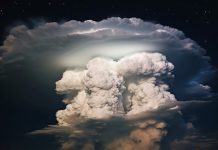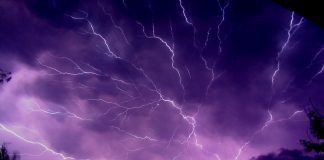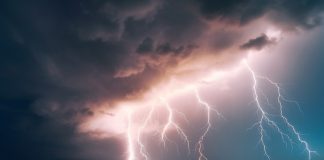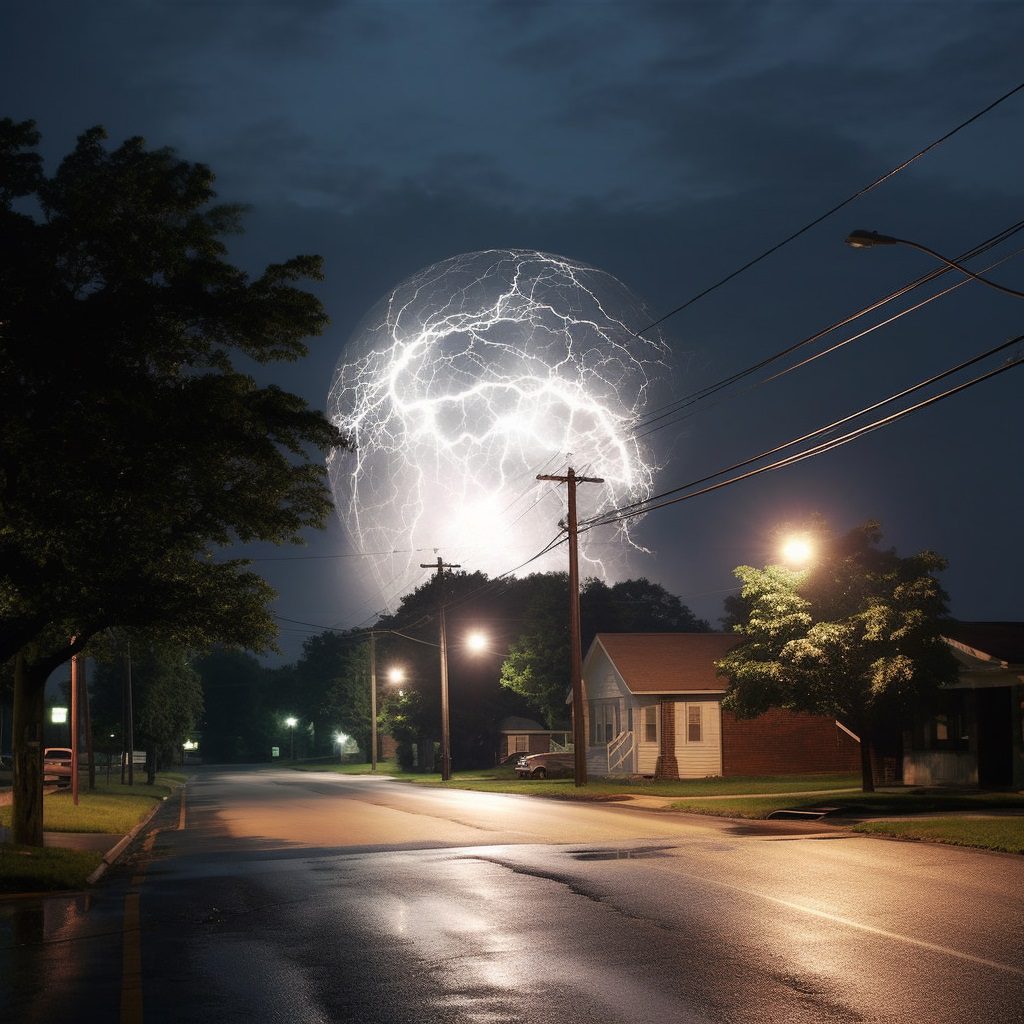
Picture a dark, stormy night.
A brilliant sparkle breaks the darkness of the night, a strange glowing sphere that defies explanation. This mysterious phenomenon is known as ball lightning, a rare and still largely unexplained occurrence that has captivated scientists and laypeople alike for centuries.
In this blog post, we’ll delve into the enigmatic world of the ball lightning phenomenon by exploring its characteristics and historical accounts. We’ll also examine scientific experiments conducted on plasma balls created in laboratories, comparing them with natural ball lightning events.
Furthermore, we will discuss various theories explaining ball lightning formation, such as the Atmospheric Rydberg matter theory by Manykin et al. and the Fractal aerogel hypothesis proposed by Smirnov. Additionally, we will explore how electrical charges affect the behavior of these luminous orbs, including their movement patterns and trajectory.
Last but not least, we’ll touch upon cultural references to ball lighting from literature like Laura Ingalls Wilder’s book to real-life incidents such as The 2005 Guernsey event.
So buckle up your curiosity seatbelts; you’re about to embark on an electrifying journey through one of nature’s most intriguing phenomena: Ball Lightning!
The Mysterious World of Ball Lightning Phenomenon
Let’s dive into the enigmatic world of ball lightning.
This uncommon, mysterious event is marked by glowing spheres that have been noticed in multiple places worldwide.
Golden Temple at Amritsar, India; Ouralsk, Russia; and Cape Naturaliste Lighthouse in Western Australia are just a few examples of these mysterious orbs appearing.
5 Facts About Ball Lightning
- Ball lightning is a phenomenon of atmospheric electrical activity that appears during thunderstorms.
- It is a mysterious luminous ball that is generally accompanied by a hissing or crackling sound.
- Ball lightning can last much longer than regular lightning, sometimes persisting for several seconds.
- It is a rare phenomenon that is difficult to predict and find, but many people have reported sightings of ball lightning.
- Despite numerous investigations and lab experiments, scientists still do not fully understand what causes ball lightning.
Characteristics of Ball Lightning Sightings
The descriptions vary widely among witnesses who have had the fortune (or misfortune) to encounter this natural wonder. Some report transparent or translucent spheres, while others describe multicolored orbs with radiating flames, filaments, or sparks – talk about a light show.
Historical Accounts of Ball Lightning
Mentions of ball lightning can be traced back centuries through literature and historical records. A notable example includes Laura Ingalls Wilder’s 19th-century children’s book, which features a scene involving this peculiar phenomenon – imagine reading that as a kid.
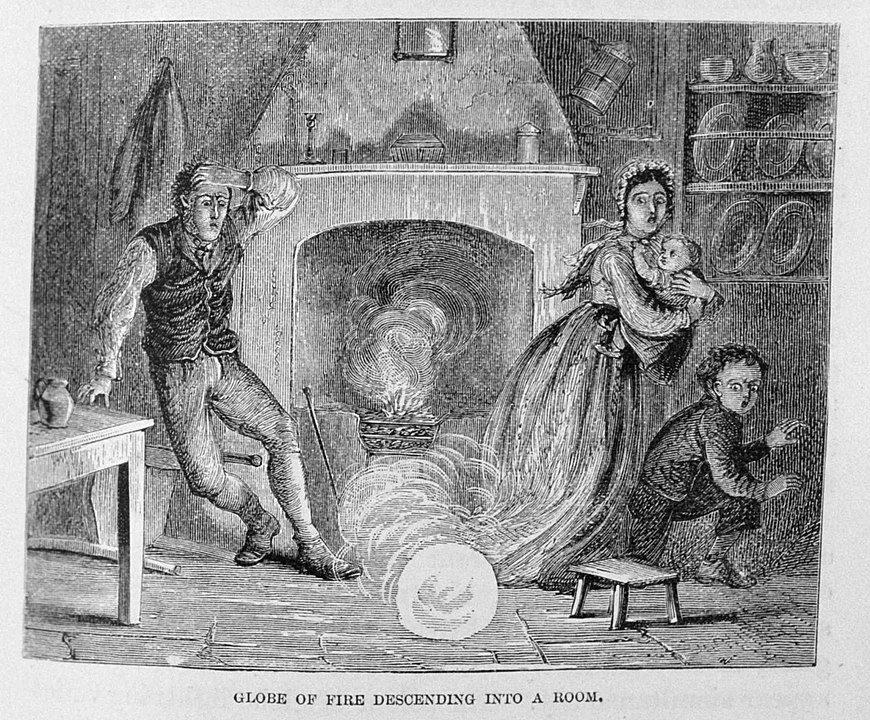
Ball lightning is a rare and mysterious weather phenomenon that has been reported for centuries. Here are three historical accounts of ball lightning:
Anchimayen myth
The Anchimayen is a mythological creature from Argentinean and Chilean Mapuche culture that is said to be a ball of fire that can move through the air. It has been suggested that ball lightning could be the source of this legend.
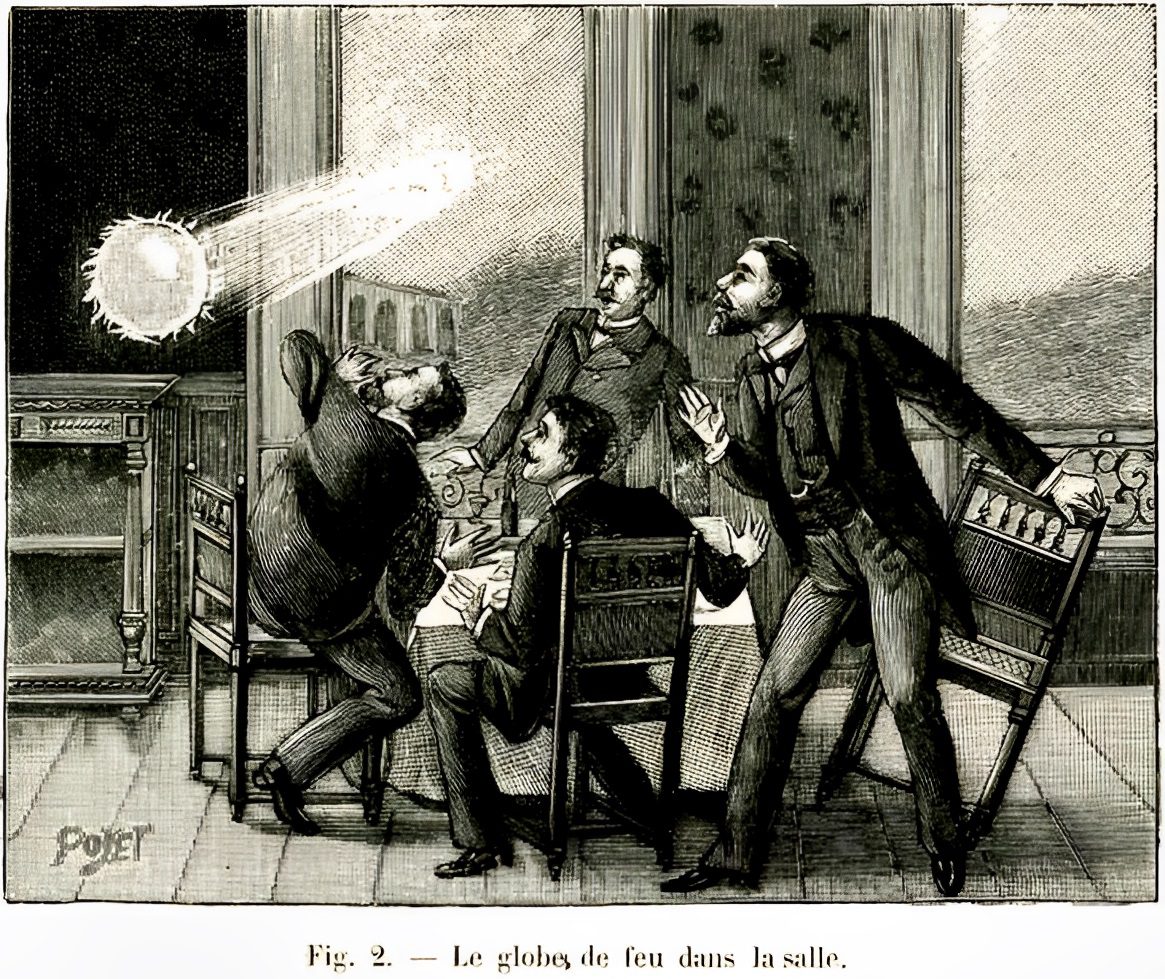
Monk Gervase’s 1195 sighting
In 1195, a Benedictine monk named Gervase of Christ Church Cathedral Priory chronicled a “marvellous sign descended near London” that was likely the earliest known account of ball lightning in England. Gervase described a dense and dark cloud emitting a white substance that grew into a spherical shape under the cloud, from which a fiery globe fell towards the river. Gervase’s description matches modern reports of ball lightning.

Other ancient accounts
There are other ancient accounts of ball lightning, including a report from 1638 of a “great ball of fire” that came through the window of an English church. However, ball lightning was often dismissed as an urban myth until the 1960s, despite numerous reports from throughout the world.
While ball lightning remains a scientific mystery, researchers have created a laboratory version of the phenomenon using a “microwave drill.” Scientists are also collecting eyewitness accounts to improve the basic understanding of ball lightning.
Overall, ball lightning is a fascinating and elusive phenomenon that continues to intrigue scientists and the public alike.
Scientific Experiments on Ball Lightning: From Microwaves to Plasma Balls
In an attempt to understand this elusive phenomenon, modern experiments have turned to microwave ovens. By producing small rising glowing balls known as plasma balls, scientists hope to shed light on the formation and behavior of natural ball lightning events.
Microwave Oven Experiments Producing Plasma Balls
These laboratory-created orbs might resemble some aspects of their natural counterparts but still leave many questions unanswered about the true nature of ball lightning.
Theories Explaining Ball Lightning Formation: From Atmospheric Rydberg Matter to Fractal Aerogels
The scientific community has proposed several theories in an effort to explain the existence and formation process of these luminous orbs. Manykin et al.’s atmospheric Rydberg matter theory and Smirnov’s fractal aerogel hypothesis are just two examples that explore novel physical, electrical, and magnetic processes behind ball lightning creation.
Effects of Electrical Charges on Ball Lightning Behavior: A High-Speed Balancing Act
Intriguingly enough, electrical charges present within Earth’s atmosphere play a significant role in influencing the behavior of ball lightning. This allows them to travel at incredible speeds under certain conditions when affected by various forces acting upon their charged particles – quite electrifying, if you ask me.
Cultural References To Ball Lighting: From Laura Ingalls Wilder To The 2005 Guernsey Incident
Ball lightning has captivated the public’s imagination throughout history and continues to do so today. The 2005 Guernsey incident, for example, sparked renewed interest in this elusive phenomenon and inspired further research into understanding ball lightning – who knows what we’ll discover next?
Key Takeaway:
Ball lightning is a rare and unexplained phenomenon characterized by luminescent, spherical objects that have been reported in various locations around the globe. Witnesses describe transparent or multicolored orbs with radiating flames, filaments, or sparks while scientists conduct experiments to understand their formation process and behavior influenced by electrical charges present within Earth’s atmosphere.
Scientific Experiments on Ball Lightning: A Fascinating Journey
Alright, let’s dive into the captivating world of ball lightning experiments.
Modern scientists have found some success in replicating this enigmatic phenomenon using our favorite kitchen appliance – the microwave oven.
Curious about how they do it? Let me break it down for you:
- Step #1: Take a regular microwave oven and make a few modifications to create an enclosed chamber with no turntable or rotating parts.
- Step #2: Place a small piece of carbon or another suitable material inside the chamber.
- Step #3: Zap it. Apply microwaves to heat up the material until it starts emitting plasma – voilÃ. We’ve got ourselves a mini glowing orb.
This fascinating experiment produces what are known as “plasma balls.”
The resemblance between these lab-generated orbs and natural ball lightning is striking but not perfect.
We still don’t have all the answers, which makes this subject even more intriguing.
Microwave Oven Experiments Producing Plasma Balls: The Science Behind It
Microwaves can excite certain materials like carbon, causing them to emit light and form plasma balls within an enclosed space (like your modified microwave).
Plasma is an electrically charged gas that produces light when its atoms become energized.
These glowing orbs may be small, but they’re a significant step toward understanding the elusive ball lightning phenomenon.
Comparison Between Lab-Generated Plasma Balls and Natural Ball Lightning: How Close Are We?
While these experiments have successfully created something that looks like ball lightning, there are still differences between the two phenomena.
Natural ball lightning tends to exhibit more complex behavior than its lab-generated counterpart – such as moving erratically or changing colors spontaneously.
We’ve made strides in our efforts to fathom this enigmatic event, yet the puzzle remains unsolved.
Key Takeaway:
Scientists have successfully replicated ball lightning using a modified microwave oven, creating plasma balls that emit light when certain materials are excited. While these lab-generated orbs resemble natural ball lightning, there are still differences in their behavior, and more research is needed to fully understand this enigmatic phenomenon.
Theories Explaining Ball Lightning Formation
For centuries, scientists have been scratching their heads trying to explain this enigmatic phenomenon. In this blog post, we’ll explore two intriguing proposals: the Atmospheric Rydberg matter theory and the Fractal aerogel hypothesis.
Atmospheric Rydberg Matter Theory by Manykin et al.
First up is the atmospheric Rydberg matter theory proposed by Manykin and his team of researchers.
This theory suggests that ball lightning forms when highly excited atoms in Earth’s atmosphere cluster together to create a unique state of matter called “Rydberg matter.”
Rydberg Matter has some pretty cool properties like superconductivity and low density, which could help explain why these glowing orbs can float around so effortlessly.
Fractal Aerogel Hypothesis Proposed by Smirnov
Moving on to our second contender: The fractal aerogel hypothesis put forth by scientist Alexei Smirnov.
In this scenario, ball lightning occurs when microscopic particles in the air form complex networks or “fractals” that trap and store electrical energy.
When these fractals reach a critical point, they can suddenly release their stored energy in the form of a glowing ball of light – ball lightning.
So, which is the correct explanation?
We still haven’t been able to determine the answer. Both theories have their merits and challenges, but further research is needed to fully understand this elusive phenomenon.
Eager to learn more about ball lightning? Check out this fascinating study published in Nature’s Scientific Reports.
In Pursuit of Answers
In the meantime, scientists continue to investigate other potential explanations for ball lightning formation while also attempting to recreate it under controlled laboratory conditions.
This ongoing journey for information not only assists us in comprehending our environment more profoundly but also drives our interest and enthusiasm for discovering the secrets of nature.
Key Takeaway:
The article explores two theories on the formation of ball lightning: Atmospheric Rydberg matter theory and the Fractal aerogel hypothesis. The former suggests that highly excited atoms cluster together to create a unique state of matter, while the latter proposes that microscopic particles in the air form complex networks or “fractals” that trap and store electrical energy. Both theories have their merits and challenges, but further research is needed to fully understand this elusive phenomenon.
Effects of Electrical Charges on Ball Lightning Phenomenon
These mysterious orbs are greatly influenced by the electrical charges present within the Earth’s atmosphere.
This allows them to move at incredible speeds under certain conditions when they’re affected by various forces acting upon their charged particles.
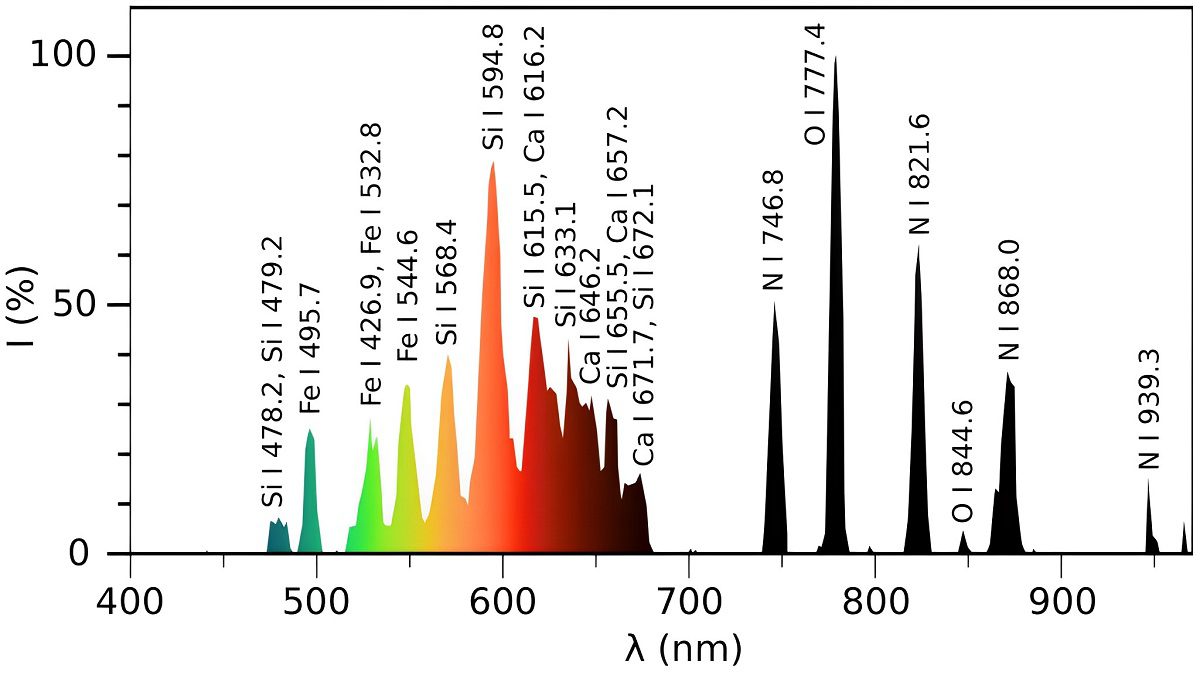
Role Played by Electric Fields in Determining Movement Patterns
Electric fields play a significant role in shaping the trajectory and speed of the ball lightning phenomenon.
Their movements can be unpredictable, but understanding how these electric fields interact with charged particles provides valuable insights into their behavior.
This article offers an interesting read on this topic.
Balancing Act Between Opposing Forces Affecting Trajectory
Buckle up as we explore the balancing act that occurs between opposing forces influencing ball lightning’s path.
- Magnetic force: This invisible field is responsible for pulling or pushing objects made from magnetic materials like iron, nickel, and cobalt. It also affects charged particles such as those found in the ball lightning phenomenon.
- Lorentz force: Named after the Dutch physicist Hendrik Lorentz, this force acts perpendicular to both the direction of motion and magnetic field lines. It influences the curved paths taken by charged particles within electromagnetic fields – including our elusive friend, ball lightning.
- Aerodynamic drag: The resistance experienced by an object moving through a fluid (like air) also plays a part in determining its course. Aerodynamic drag influences the way ball lightning moves through the air, thus shaping its course.
When these forces are balanced, ball lightning can travel at astonishing speeds while maintaining a relatively stable path.
So there you have it – a glimpse into the fascinating world of electrical charges and their effects on ball lightning phenomenon.
The next time you witness one of these rare events, remember that behind its mesmerizing appearance lies a complex dance between opposing forces shaping its every move.
Key Takeaway:
The movement and trajectory of ball lightning phenomenon are greatly influenced by electric fields, magnetic force, Lorentz force, and aerodynamic drag. When these opposing forces are balanced, they can travel at astonishing speeds while maintaining a relatively stable path. Understanding the behavior of ball lightning provides valuable insights into the electrifying world of nature’s mysteries.
Cultural References to Ball Lightning: From Classic Literature to Modern Sightings
Ball lightning has fascinated people for centuries. It’s no surprise that this enigmatic phenomenon found its way into various forms of literature and storytelling.
In her 19th-century classic for kids, Laura Ingalls Wilder included ball lightning in the narrative, captivating readers and introducing them to the mysterious realm of atmospheric occurrences. Wilder, a beloved author known for her Little House series, mentioned ball lightning in one of her books. This not only captivated young readers but also introduced them to the mysterious world of atmospheric phenomena.
Ball Lightning in Laura Ingalls Wilder’s Book
In The Long Winter, one scene describes a family witnessing an awe-inspiring display of ball lightning during a stormy night. Their amazement and fear at seeing these glowing orbs are palpable, capturing readers’ imaginations as they try to envision what it must have been like to experience such an event firsthand back then.
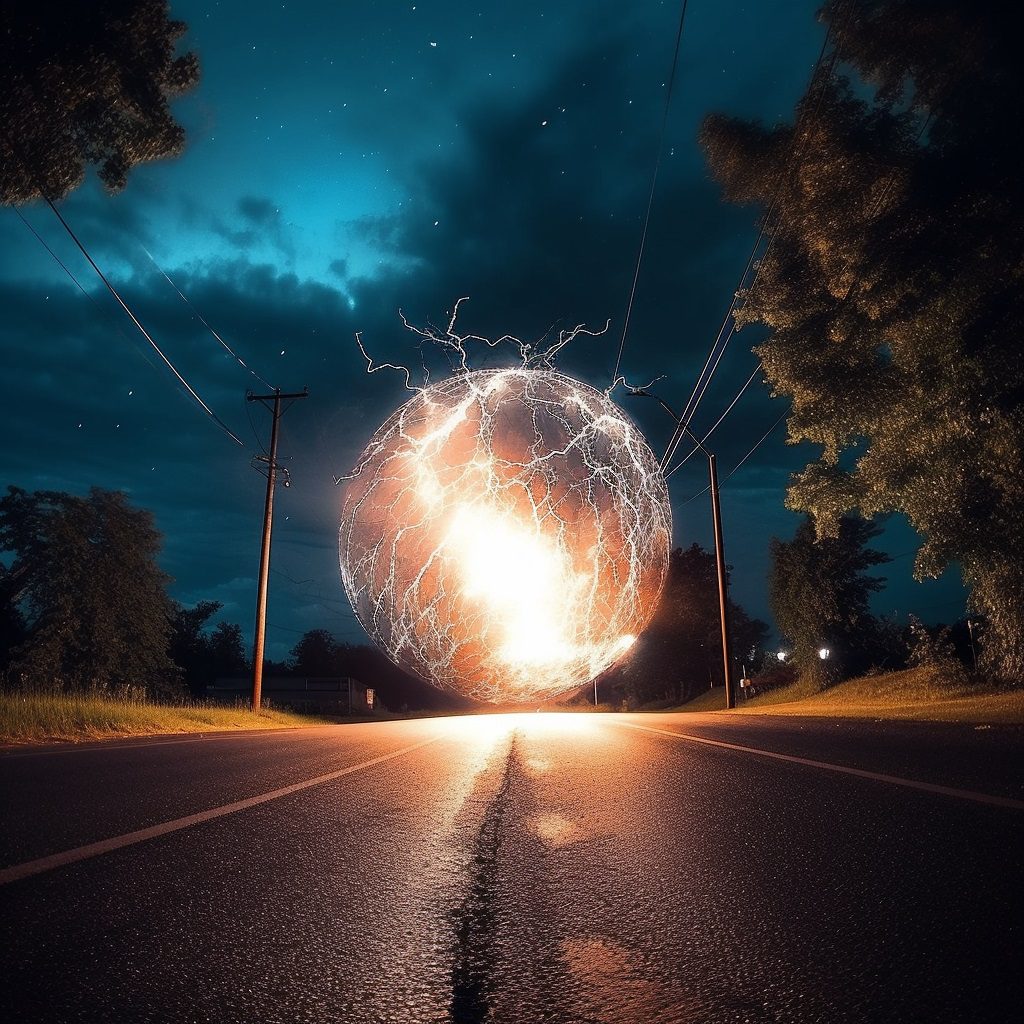
The 2005 Guernsey Incident
Moving from fiction to reality, we find ourselves discussing more recent sightings of ball lightning – like the intriguing incident that took place on Guernsey Island in 2005. Multiple witnesses claimed they saw a bright orange sphere hovering above the ground, making a hissing sound before vanishing into thin air. This event captured not only local attention but also reignited global interest in understanding and researching ball lightning.
These cultural references to ball lightning serve as reminders of how this elusive phenomenon has captivated human curiosity for centuries. From classic literature to modern-day sightings, it’s clear that people remain intrigued by these luminous orbs and their mysterious origins.
ContentHacker.com even dedicated an article discussing various theories behind ball lightning formation. We may still be far from fully understanding this enigmatic atmospheric occurrence, but our fascination with it continues to inspire further research and investigation into the world of ball lightning.
Key Takeaway:
Ball lightning has been a fascinating phenomenon for centuries, inspiring cultural references from classic literature to modern sightings. Laura Ingalls Wilder’s book “The Long Winter” describes an awe-inspiring display of ball lightning during a stormy night, while the 2005 Guernsey incident reignited global interest in researching and understanding this elusive atmospheric occurrence. Despite our fascination with it, we are still far from fully comprehending the origins of ball lightning.
FAQs concerning Ball Lightning Phenomenon
Has Ball Lightning Been Proven?
Yes, ball lightning is a real and rare natural phenomenon. Although it has not been fully understood or replicated in laboratory settings, numerous eyewitness accounts and some photographic evidence support its existence. Scientists continue to study this elusive event to better understand its formation and behavior.
What Is the Science Behind Ball Lightning?
The exact science behind ball lightning remains unclear due to its rarity and unpredictability. However, several theories have been proposed to explain its formation, including the Atmospheric Rydberg matter theory by Manykin et al., the Fractal aerogel hypothesis by Smirnov, and others. Researchers are still working on understanding the underlying physics of this mysterious phenomenon.
Did Nikola Tesla Make Ball Lightning?
Nikola Tesla did not create actual “ball lightning,” but he was known for producing artificial plasma balls during his experiments with high-voltage electricity. These plasma balls were similar in appearance but different from natural ball lighting phenomena as they were generated under controlled conditions using electrical discharges.
Conclusion
Ball Lightning Phenomenon
Ball lightning is a fascinating and mysterious phenomenon that has been observed for centuries. It is characterized by the appearance of glowing balls of plasma that move through the air in unpredictable ways.
Although there are many historical accounts of ball lightning sightings, scientists have only recently begun to study this phenomenon in detail. Through experiments and theories, they are starting to gain a better understanding of how it forms and behaves.
Further Reading
A brief history of ball lightning observations by scientists and trained professionals







































